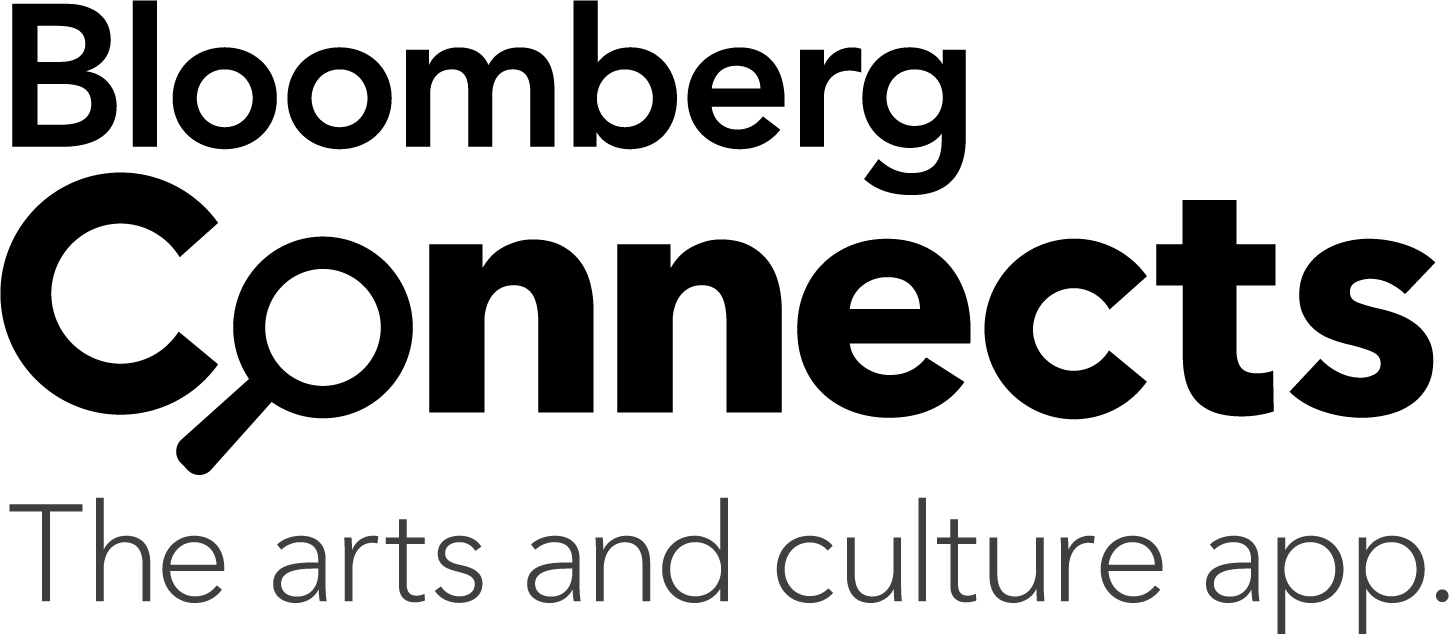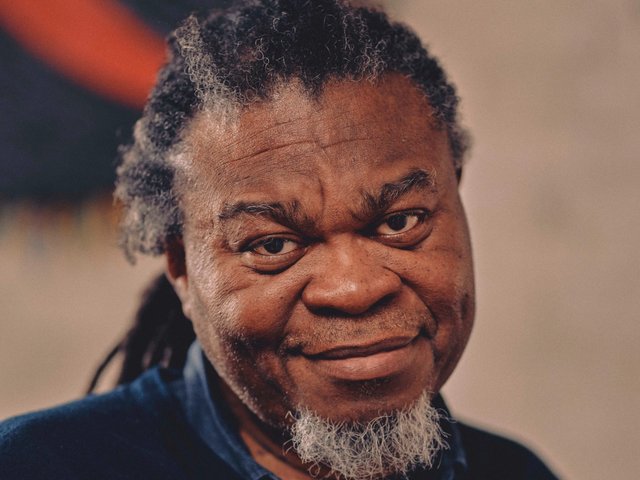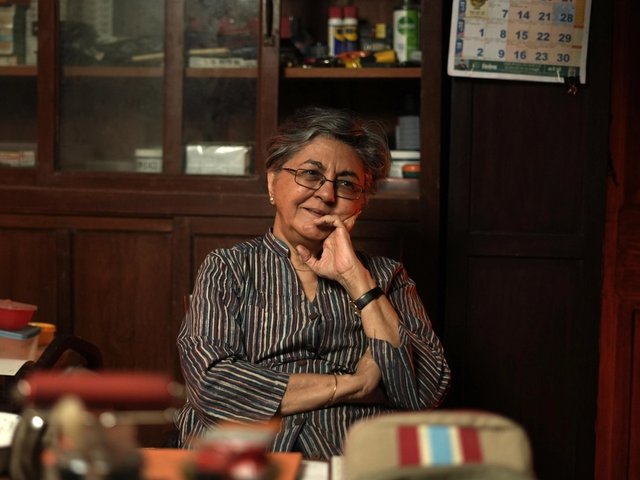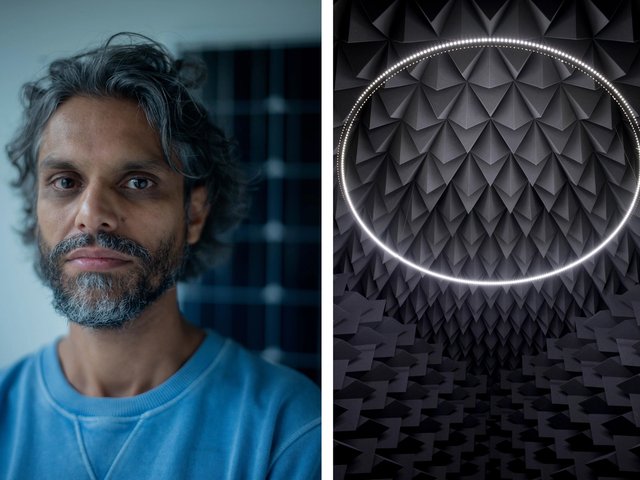An in-depth conversation with the British artist Stephen Willats, one of the leading figures in conceptual art in Britain, who addresses societal issues while exploring the meanings and purposes of art in the wider world.

Stephen Willats's Where Do I Belong (1978)
© Stephen Willats Courtesy the artist and Victoria Miro
Since the 1960s, Willats (born in London in 1943) has foregrounded ideas that have become more widespread in contemporary art today, including empowering the viewer as a participant, emphasising the role of community in forging his work, and collaborating with his subjects so that they are effectively co-authors. From the very start of his career, Willats eschewed what he has called the “norms and conventions of an object-based art world” and instead attempted to subvert what he views as “a deterministic culture of objects and monuments”.
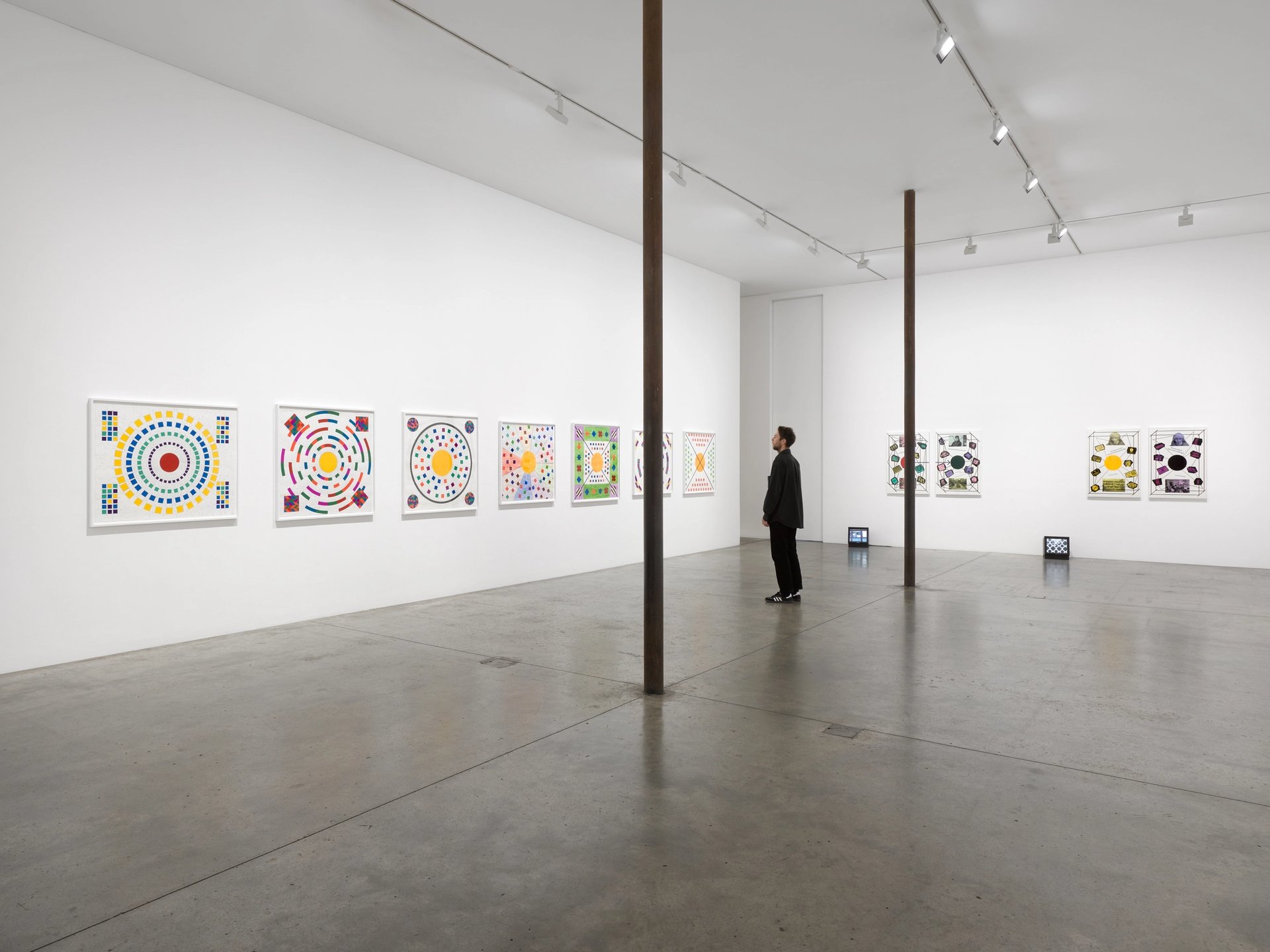
Installation view of Stephen Willats's Time Tumbler (22 November 2023–13 January 2024), Victoria Miro, Gallery I, 16 Wharf Road, N1 7RW
© Stephen Willats; Courtesy the artist and Victoria Miro
For him, art has a complex, interactive and dynamic social function. He discusses his interest in thinking related to theories of learning and communication, early forms of artificial intelligence, advertising theory, and cybernetics. He reflects on how working in a gallery as a teenager gave him access to artists at the vanguard of new approaches to creativity. He recalls his encounters with punk and the New Romantic scene of the 1970s and 1980s, and his response to these countercultural developments. And while he avoids answering most of our usual questions, he does respond to one or two, including the ultimate: what is art for?
• Stephen Willats: Time Tumbler, Victoria Miro, London, until 13 January 2024
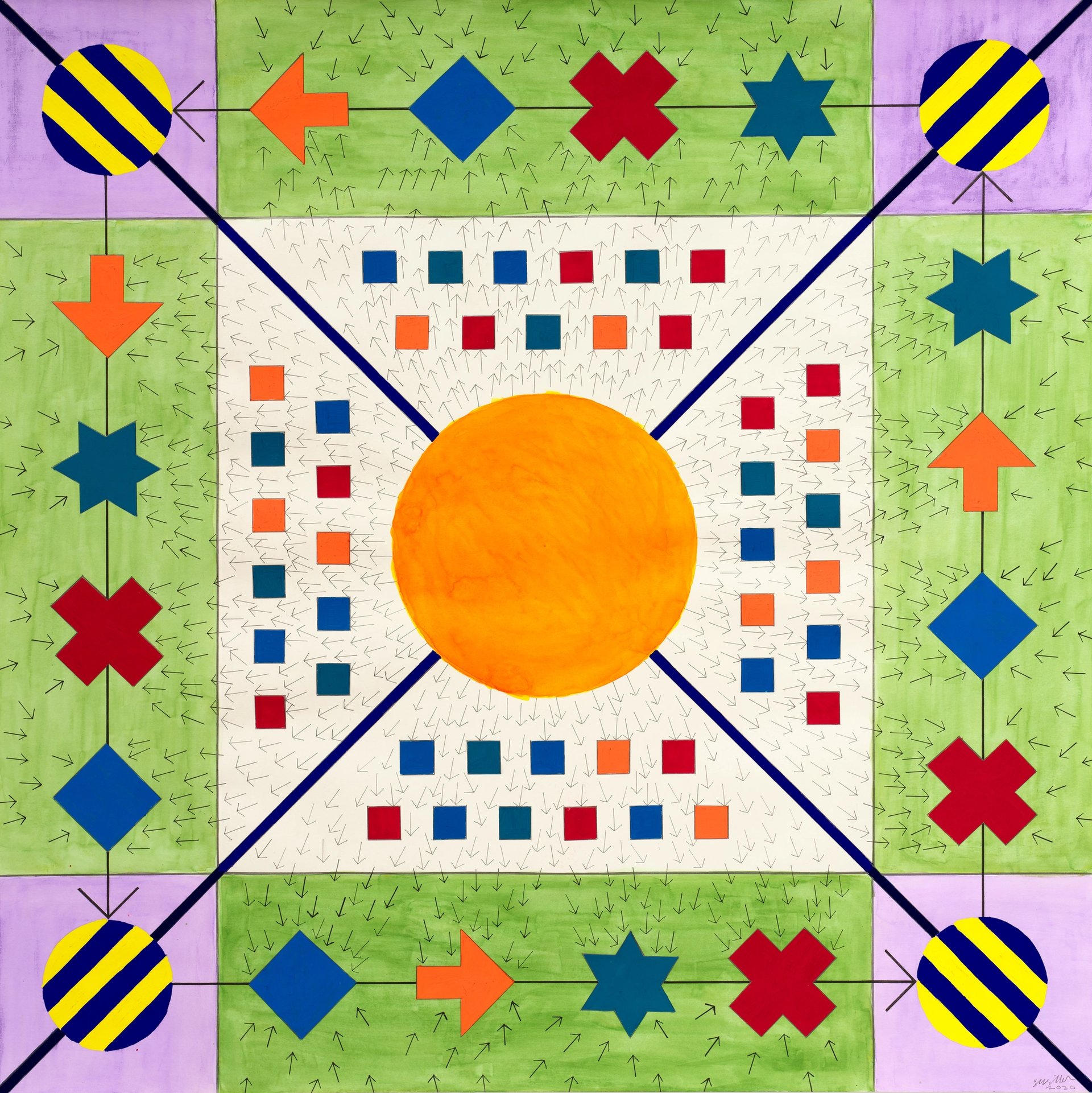
Stephen Willats's Omni Directional Search Engine Drawing No. 9 (2020)
© Stephen Willats; Courtesy the artist and Victoria Miro
This podcast is sponsored by Bloomberg Connects, the arts and culture app.
The free app offers access to a vast range of international cultural organisations through a single download, with new guides being added regularly. They include the South London Gallery. If you download the guide to the gallery, you can find features on its current exhibition of the work of the legendary US artist Pope L., as well as past shows and an archival section looking at the two buildings that form the gallery: the original Victorian space, which opened in 1891, and the old Fire Station across the road that opened to the public in 2018.


